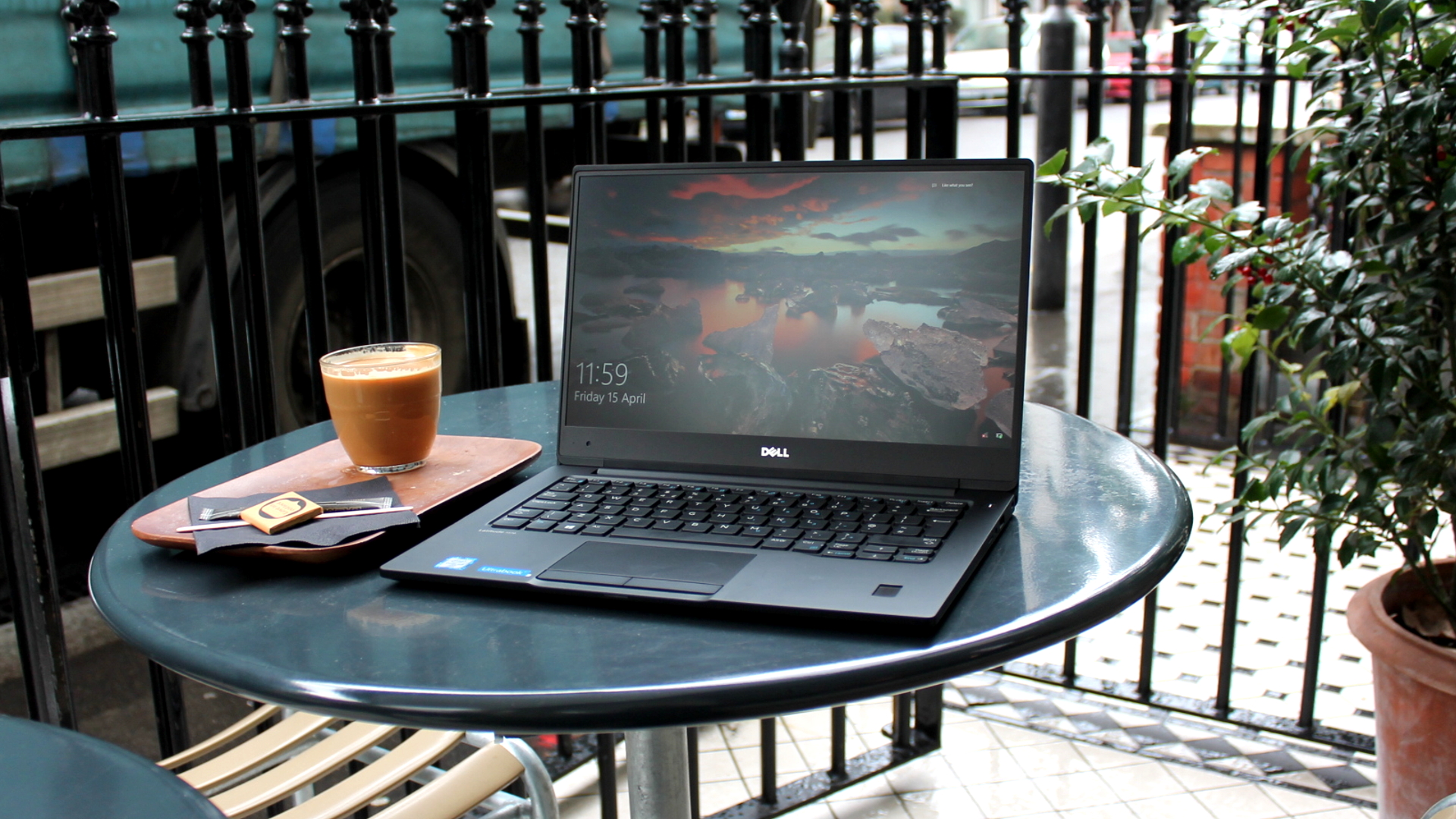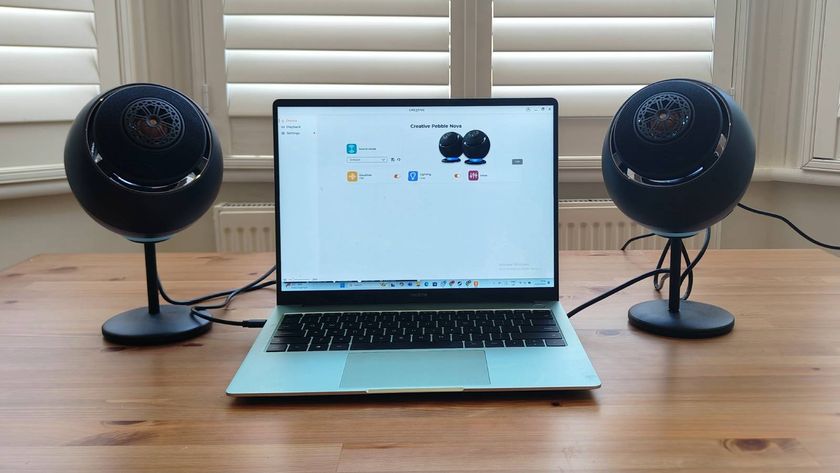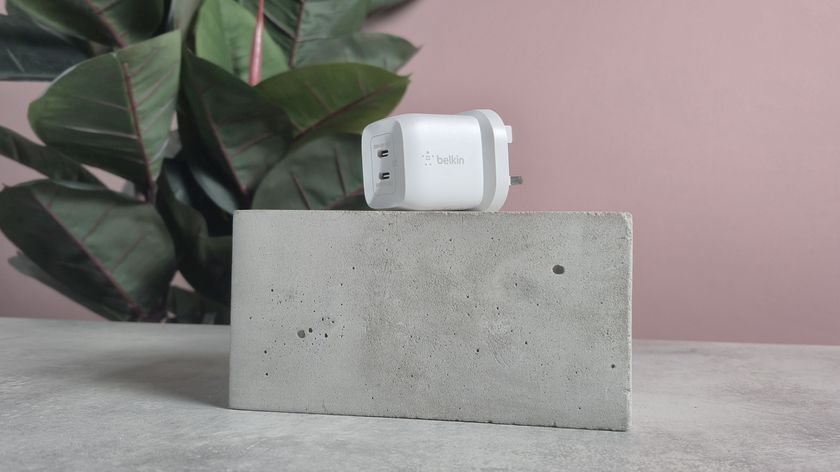Why you can trust TechRadar
Speed isn't an issue most of the time when using the Latitude 13 7370. Despite not being a top-of-the-line processor, the Core m5 chip and 8GB of RAM under the hood keeps things running smoothly. With my usual suite of office apps open in the background including GIMP, FileZila FTP, Skype, Evernote, Wunderlist and Spotify, only Firefox - a notorious stutterer - began to freeze when I started loading tabs into a third browser window.
Refreshingly, Intel's display driver didn't crash once during my three weeks with the machine. Unlike the Dell XPS 15 and XPS 12 I tested, which gave me a frozen black desktop at least a few times a day, the Latitude played nicely with the firmware and drivers that came pre-installed on the machine. Whether it's on Dell's side or Windows 10's side, something has changed for the better in the past few months.
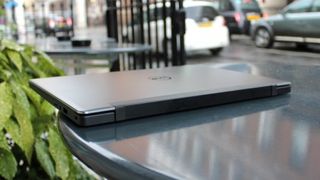
Benchmarks
Here's how the Latitude 13 7370 performed in our suite of benchmark tests:
- Cinebench CPU: 152 points; Graphics: 23 fps,
- GeekBench: 2,394 (single-core); 3,914 (multi-core)
- PCMark 8 Home: 1,867
- PCMark 8 Battery Life: 5 hours 14 minutes (50% screen brightness)
- 1080p looping video in VLC (50% brightness, 50% volume): 5 hours and 20 minutes
The Latitude may be competent when it comes to running basic computing tasks, but so it should be for a laptop that starts at just over £1,600 when configured with a QHD+ display. Bear in mind that the Asus UX305, which is thinner than the Latitude and features a Core m3 processor, 8GB of memory and a QHD+ display, can currently be bought online for just £549.99 (around $794 or AUS$1,032).
When it comes to processor-intensive tasks, such as transcoding video and resizing high-resolution images, in most cases the Latitude isn't going to be as suitable as a laptop with a Core i-series chip. Compared to the XPS 13 (configured with a Core i5 chip), it scored 61% lower in Cinebench's CPU test and 20% lower in PCMark8's Home Test, which runs a number of benchmarks to simulate every usage.
Here's an interesting comparison: you can pick up a full-loaded top-end Yoga 260 with an Intel Core i7 processor, 512GB SSD and 8GB of main memory for around £50/$75/$99 less than the entry-level Latitude 13 7370.
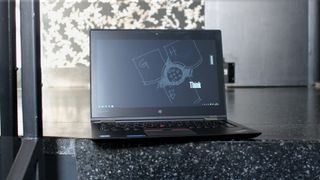
As I found in my review of that configuration, in comparison, Lenovo's machine scored 57% higher in Cinebench's CPU benchmark, 54% higher in PCMark8's home test and 45% higher in Geekbench's Multi CPU test. If you can cope with a slightly less colorful display and a little more chunk in the chassis, the Yoga is the obvious choice for power-hungry business users.
What reflections?
There are two choices of resolution when it comes to the Latitude's display: 1080p (or Full HD) and QHD+. Full HD remains the best choice to balance batter life and pixel density on a 13-inch laptop, and Dell has ensured that what the Latitude's 13 7370 lacks in sharpness it makes up for in color saturation and brightness. There's no touchscreen option on the 1080p version, so you'll have to factor that into your choice if deciding between the two.
Its matte display offers wide viewing angles and its anti-glare coating means you won't be bothered by reflections when using the laptop under bright conditions; it's practically vampiric. Of course, if it's defined lines, crisp fonts and sharp icons that you're looking for, you'll want to check out the QHD+ version; because even a decent 1080p display can't keep them jaggied fonts at bay.
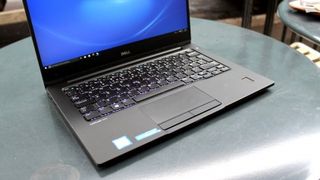
On the plus side, the combination of a 1080p display and Intel's Core M processor helps battery life. With the bare minimum of programs running and the brightness lowered to 50%, the Latitude reported that 10 hours of life remained in the tank. Once you start opening a few programs, however, that number quickly dwindles. In a normal working day, expect to reach between five and seven hours away from the mains depending on the brightness level.
I'm a stickler for a comfortable keyboard when it comes to typing, whether it's a mechanical gaming keyboard with Cherry MX Brown switches or Apple's low-slung magic keyboard. The Latitude 13 7370 has the most comfortable keyboard I've ever used on a Windows laptop, its sturdy keys possessing a generous amount of travel. Slightly curved, they feel great to type on.
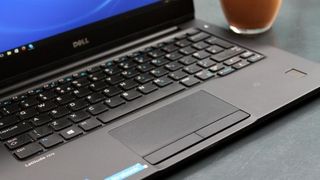
One of the first tasks I undertook with the laptop was to type up a 5,000-word transcript, a task that gave my fingers terrible cramp on the XPS 15. In addition to offering deeper travel, the Latitude's keys feel softer, and more cushioned in comparison. If you've used the Dell XPS 12's keyboard, the two keyboards are nearly identical.
My only criticism of the Latitude's keys are that they're slightly on the small side and would benefit from a larger surface area. If you're making the transition from a MacBook, it may take you a short amount of time to become comfortable with the key size. Once you are, you'll find that your fingers fly.
There is a trackpad that's equally as good as the one on the XPS 15, which is one of the most impressive I've used on a Windows laptop. The Latitude's isn't quite as large, but it offers the benefit of being able to tap on it to execute a left or right click in addition to clicking the physical trackpad buttons underneath. There's certainly enough room to execute Windows 10's various gestures.
A common problem among Dell's XPS devices, the positioning of the webcam is a particular issue on the Latitude 13 7370. Located underneath the screen in the left-hand corner, its low position makes it difficult to look anything other than a bit silly on conference calls. I had to balance the Latitude on an empty cardboard box for one call, which goes against the Latitude's otherwise professional nature.
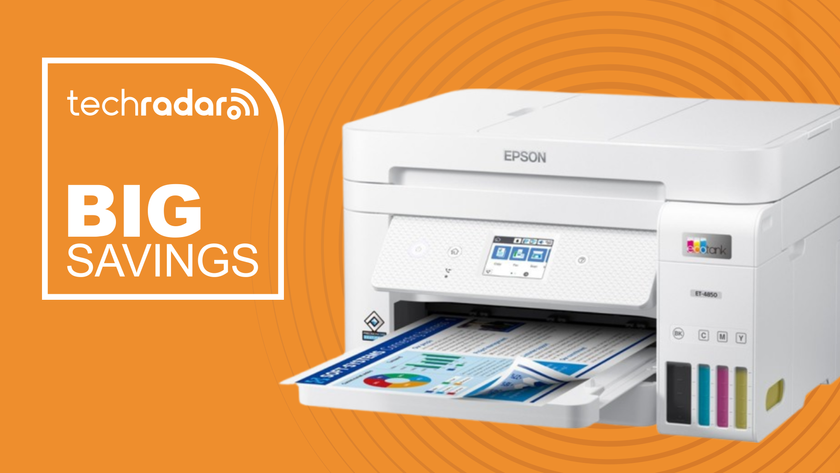
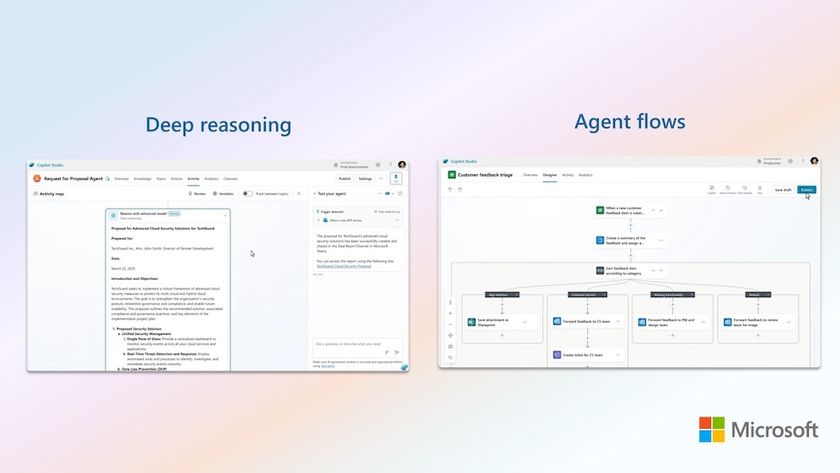

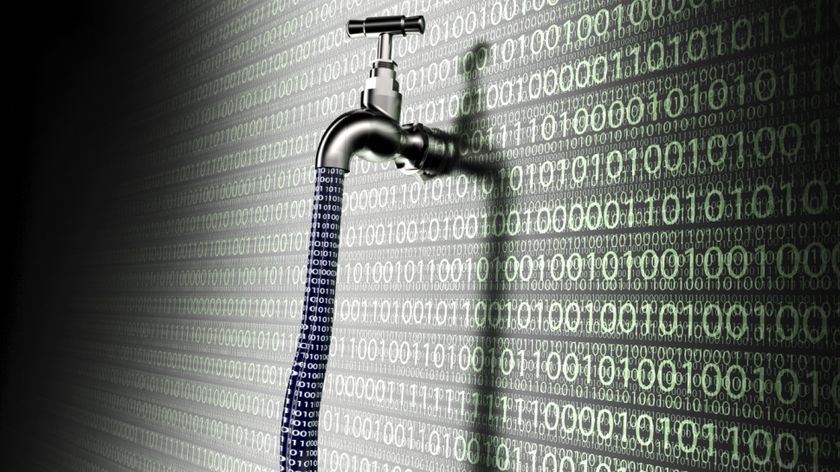


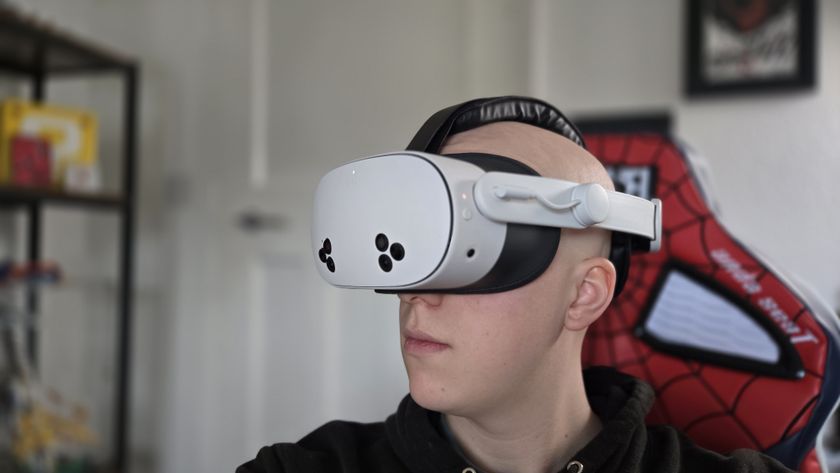
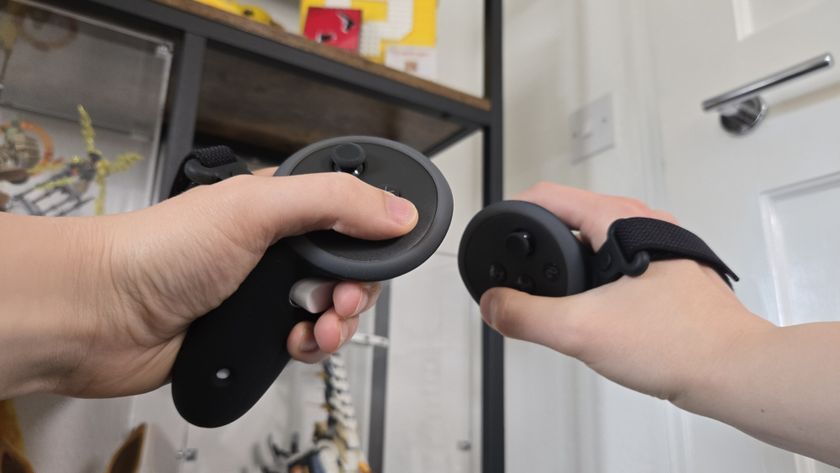
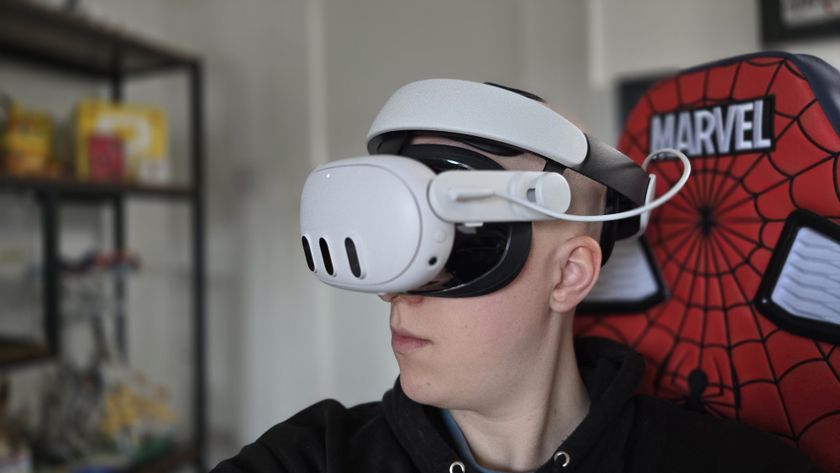
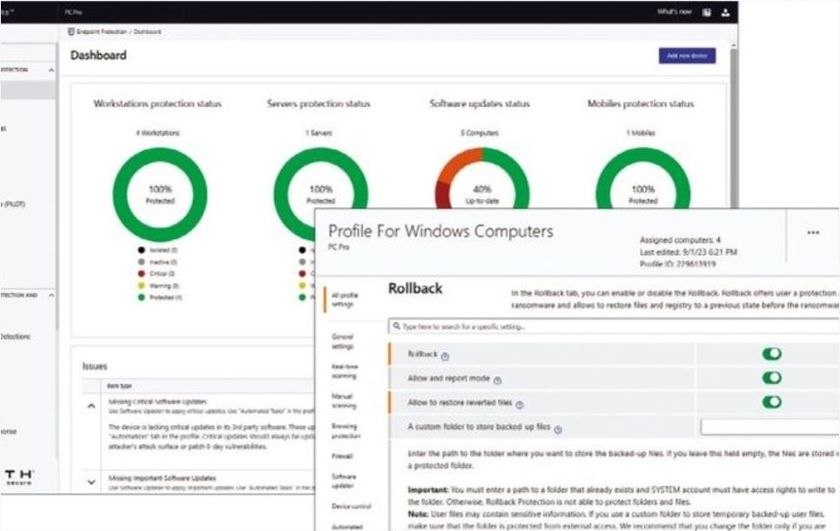
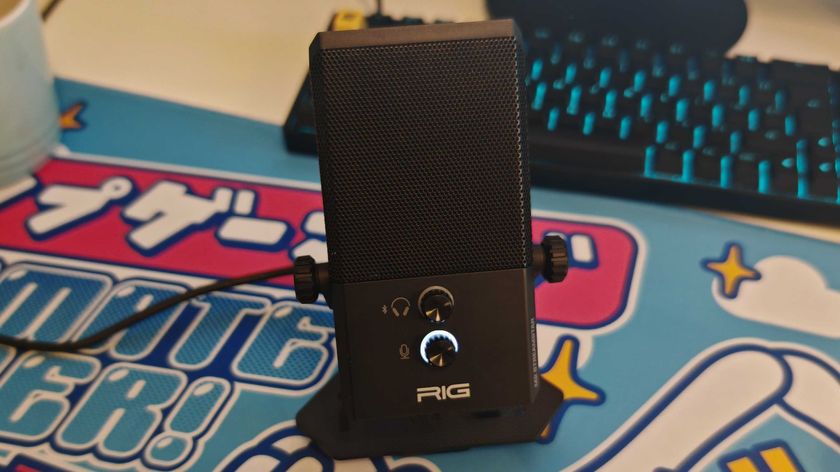
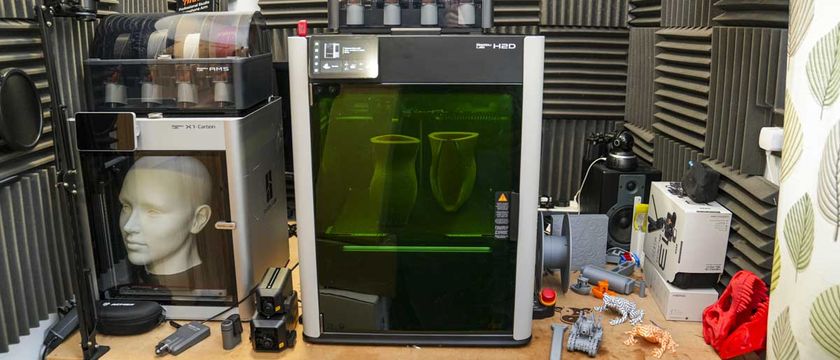
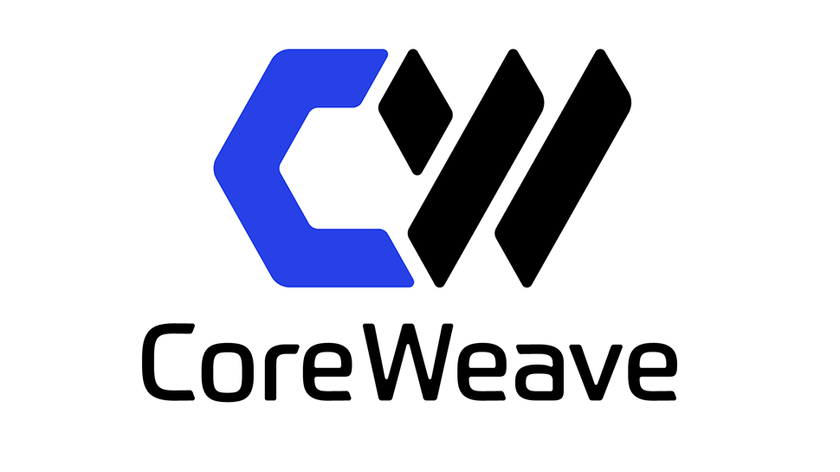
Is CoreWeave another WeWork? Blogger who caused Nvidia market capitalization to drop by $600 billion in a day thinks so
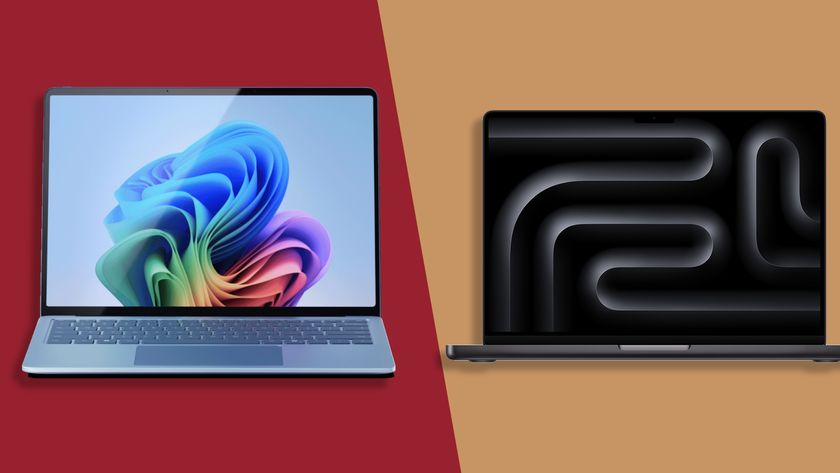
Microsoft Surface Laptop 7 vs. Apple MacBook Pro M4 14-inch: Mac and Windows go head to head once again

Discord's game overlay has seen a complete revamp - I've tried it, and it's one of the best updates ever
